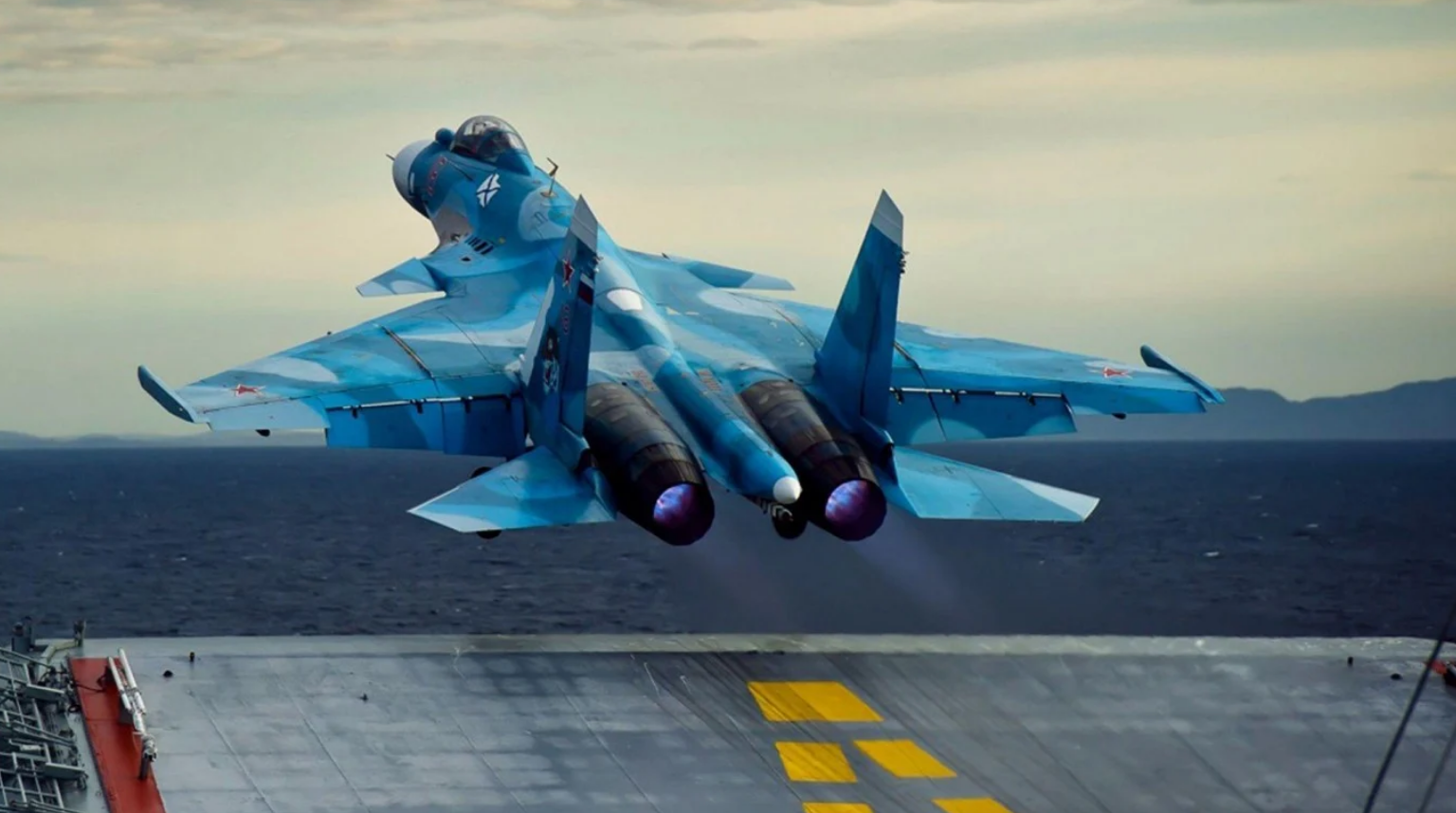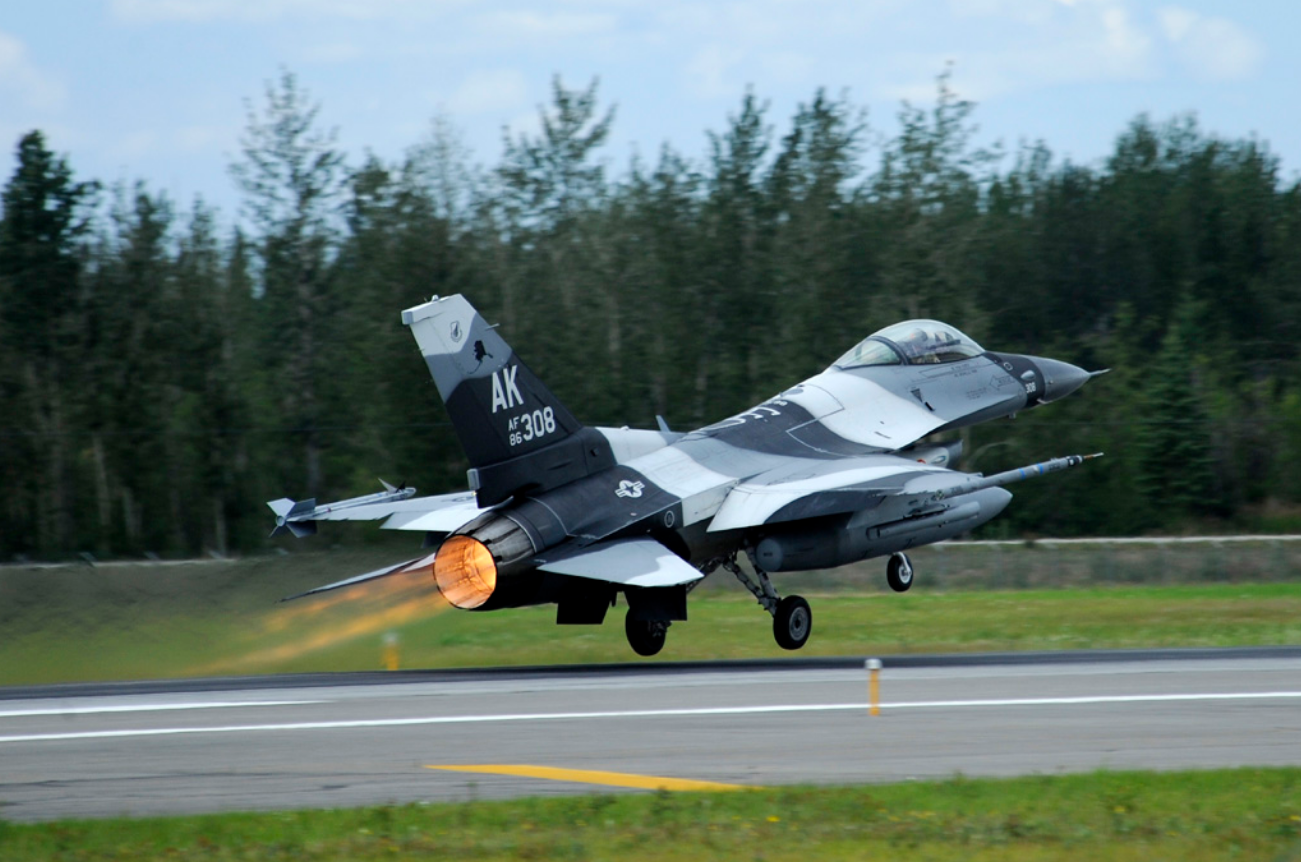The skies above have long been a stage for the world’s most advanced and formidable aircraft, with nations vying to assert dominance in aerial warfare. Two of the most iconic and powerful fighter jets in this ongoing competition are the American F-16 Fighting Falcon and the Russian Su-35 Flanker-E. Both aircraft are marvels of modern engineering, representing the pinnacle of their respective nations’ technological prowess. But when it comes to air superiority, which fighter truly dominates the sky?
The F-16 Fighting Falcon: Agility and Versatility
The F-16 Fighting Falcon, developed by General Dynamics (now Lockheed Martin), has been a cornerstone of the U.S. Air Force since it entered service in 1978. Known for its agility, the F-16 is a single-engine, multirole fighter capable of excelling in both air-to-air combat and air-to-ground missions. Its lightweight design and powerful engine enable it to achieve speeds of over Mach 2, making it one of the fastest jets in the world.
One of the F-16’s most significant advantages is its versatility. The aircraft is equipped with an array of advanced avionics, including an AN/APG-83 radar system, which provides superior target acquisition and tracking capabilities. This allows the F-16 to engage multiple targets simultaneously, whether in dogfights or precision strike missions. Additionally, its ability to carry a wide variety of weapons, from AIM-120 AMRAAM missiles to precision-guided bombs, makes it a formidable opponent in any scenario.
The F-16’s agility is further enhanced by its fly-by-wire control system, which allows for precise maneuverability at high speeds. This system, coupled with the aircraft’s high thrust-to-weight ratio, enables the F-16 to perform tight turns and rapid climbs, giving it a significant edge in dogfights. Moreover, the F-16 has been continuously upgraded over the years, with the latest Block 70/72 variants featuring improved avionics, enhanced radar systems, and greater fuel efficiency, ensuring it remains a potent force on the battlefield.
The Su-35 Flanker-E: Power and Advanced Technology
On the other side of the globe, the Russian Su-35 Flanker-E stands as a symbol of Russia’s military might. Developed by Sukhoi, the Su-35 is an advanced multirole fighter that boasts impressive speed, maneuverability, and firepower. The Su-35 is powered by two AL-41F1S afterburning engines, allowing it to reach speeds of up to Mach 2.25 and perform extraordinary aerial maneuvers.
One of the Su-35’s most notable features is its supermaneuverability, enabled by its thrust-vectoring engines. These engines allow the aircraft to change direction rapidly and perform complex aerobatic maneuvers that are impossible for most other fighters. This capability gives the Su-35 a significant advantage in close-quarters dogfights, where agility and quick reflexes are paramount.
The Su-35 is also equipped with advanced avionics and weaponry. Its Irbis-E passive electronically scanned array (PESA) radar can detect and track multiple targets at long ranges, even in challenging electronic warfare environments. Additionally, the Su-35 carries an extensive arsenal of air-to-air and air-to-ground weapons, including R-77 and R-73 missiles, making it a versatile and deadly opponent. The aircraft’s sophisticated electronic warfare systems further enhance its survivability, allowing it to jam enemy radar and evade incoming missiles.
A Battle of Strengths: Which Fighter Reigns Supreme?
When comparing the F-16 and Su-35, it’s clear that both aircraft have their unique strengths. The F-16 excels in agility, versatility, and advanced avionics, making it a reliable and adaptable fighter for a wide range of missions. Its proven combat record and continuous upgrades ensure that it remains a formidable presence in the skies.
The Su-35, on the other hand, offers unparalleled maneuverability, advanced radar systems, and powerful engines, giving it an edge in dogfights and high-speed engagements. Its ability to perform supermaneuverable maneuvers and its advanced electronic warfare capabilities make it a lethal adversary in any aerial combat scenario.
Ultimately, determining which fighter dominates the sky depends on the specific combat scenario. In close-quarters dogfights, the Su-35’s supermaneuverability may give it an edge, while the F-16’s versatility and advanced avionics make it a more well-rounded fighter capable of excelling in a variety of mission profiles. Both aircraft are exceptional examples of modern military engineering, and their respective strengths ensure that the battle for air superiority remains a closely contested and ever-evolving competition.
As nations continue to advance their military technology, the rivalry between the F-16 and Su-35 serves as a reminder of the ongoing quest for dominance in the skies—a competition where the slightest technological edge can make all the difference.







